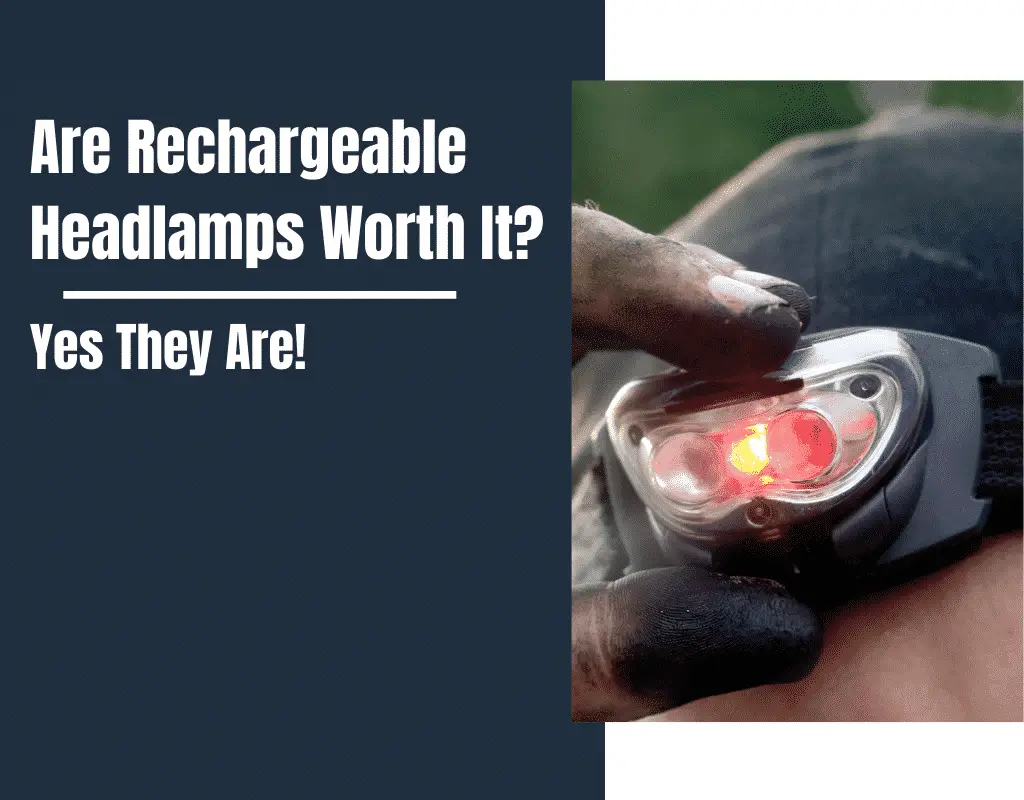The days of carrying around extra headlamp batteries and throwing them away is becoming a thing of the past. Most headlamps have been going rechargeable over the last decade, but are you ready to make the switch? Are rechargeable headlamps the next great thing or is it just another fad that will quickly be forgotten?
Are rechargeable headlamps worth it? Yes rechargeable headlamps are definitely worth it! Being able to recharge your headlamp via USB instead of using up endless batteries is one of the best gear evolutions of the last couple of decades. Modern rechargeable headlamps have long battery lives and can be easily recharged on the go with a portable power bank.
There are so many advantages to switching over to a rechargeable headlamp and only few small problems. Thankfully they all have very easy solutions! Most peoples biggest worry is that you can’t swap out batteries and that’s not even a problem.
Almost every headlamp in the under 500 lumen range can take either rechargeable or disposable AA/AAA batteries. Higher lumen headlamps that can’t use disposable batteries have large batteries with 8-20 hour runtimes on the medium/low settings. Even on the low setting you’ll have plenty of light to hike and you can always knock up the brightness for a few minutes to see far away.
In the rest of this post I’ll go over all of the advantages and disadvantages of rechargeable headlamps and give you solutions for each of the problems. I give a few product recommendations that can use both disposable and rechargeable batteries so make sure you make it to the bottom.
I’m just going to warn you that this is a very thorough guide so you may want to check out the table of contents and jump around.
Table Of Contents
Are Rechargeable Headlamps Worth It? Plus 12 Reasons Why Rechargeable Headlamps Better Than Battery Powered?

Yes it’s definitely worth upgrading to a rechargeable headlamp. They’ve really gone down in price over the past 10 years, so they’re only about $10-$20 more than a typical non-rechargeable headlamp. If you regularly use the headlamp you’ll make up the price difference in less than 2 years.
There’s really no downside to using a rechargeable headlamp. Most people are worried that their headlamp will die and they won’t be able to swap out batteries, but that’s not an issue with most rechargeable headlamps. Almost every rechargeable headlamp (under 500 lumens) can use either rechargeable batteries or 3x standard disposable AAA batteries (sometimes 1x AA).
Most people are worried that they won’t be able to swap batteries out on a rechargeable headlamp. You actually can use standard disposable AA/AAA batteries in most rechargeable headlamps. There are a few exceptions with high lumen headlamps, but that’s not a problem.
I give a few recommendations that can use either rechargeable or disposable batteries at the bottom of this post. Make sure you read all the way to the bottom after this section where I go over a few small disadvantages of rechargeable headlamps.
- You Can Usually Use Disposable Batteries On A Rechargeable Headlamp
- Don’t Have To Deal With Batteries With A Rechargeable Headlamp
- You Can Use A Rechargeable Headlamp On Any Length Camping Trip
- Rechargeable Headlamps Have Higher Lumen Ratings
- Save Space And Weight In Your Pack Without Carrying Extra Batteries
- Rechargeable Headlamps Have Consistent Brightness As The Charge Drops
- Rechargeable Batteries Charge Fast (2-3 hour charge times)
- Cheaper To Use A Rechargeable Headlamp Since They Don’t Have Batteries
- Rechargeable Batteries Have A Longer Useable Battery Life
- You Don’t Have To Worry About The Battery Dying (Plus Charge Indicator)
- Disposable Batteries Won’t Go Into A Landfill
- Rechargeable Lithium Ion Batteries Are Reliable In Cold Weather
1. You Can Usually Use Disposable Batteries On A Rechargeable Headlamp
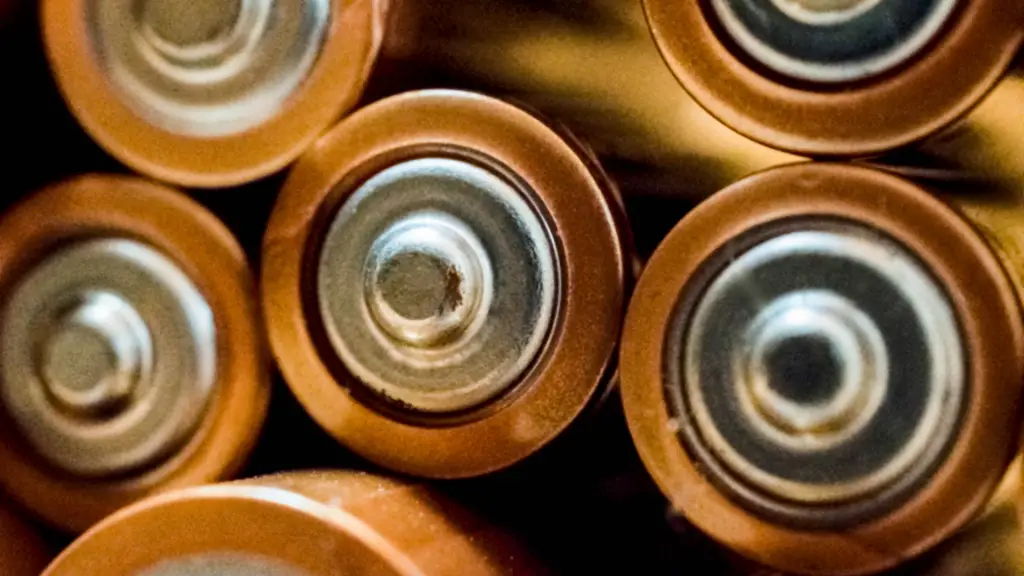
Most peoples biggest fear is that they won’t be able to use regular batteries with a rechargeable headlamp. They think that they’ll be screwed if their headlamp dies on the trail. That’s a very common misconception!
Almost every rechargeable headlamp that’s under 500 lumens can use either rechargeable or standard disposable AAA batteries. High lumen headlamps have specialized battery packs, but you wouldn’t have been able to reach those lumen levels with regular batteries anyway.
That’s really not an issue with a high lumen headlamp since the bigger batteries give you a longer battery life on the medium/low setting. You may only get 3-4 hours on high, but you can expect 8-15 hours on medium/low. Even on the low setting a 750-1000+ lumen headlamp will provide 150-200 lumens of light which is more than enough to hike through the woods.
Headlamps That Can Use Both Rechargeable and Disposable Batteries
Most of the rechargeable Petzle Headlamps allow you to use standard rechargeable/disposable AAA batteries. They all have USB charge ports and battery level indicators. The Petzl Actik Core 450 Lumen, Tikka Core 300 Lumen, and Tactikka Core 450 Lumen headlamps all use 3 standard or rechargeable AAA batteries. There are a few other random options from other brands like the Ledlenser MH5 400 lumen (1x AA batteries), Black Diamond ReVolt 350 Lumen (3x AAA batteries), and many more.
Just make sure you check to see which batteries are included since some of the cheaper options don’t have the rechargeable battery (extra $15-$20). It might seem like you’re saving money, but it ends up costing more in the long run.
2. Don’t Have To Deal With Batteries With A Rechargeable Headlamp
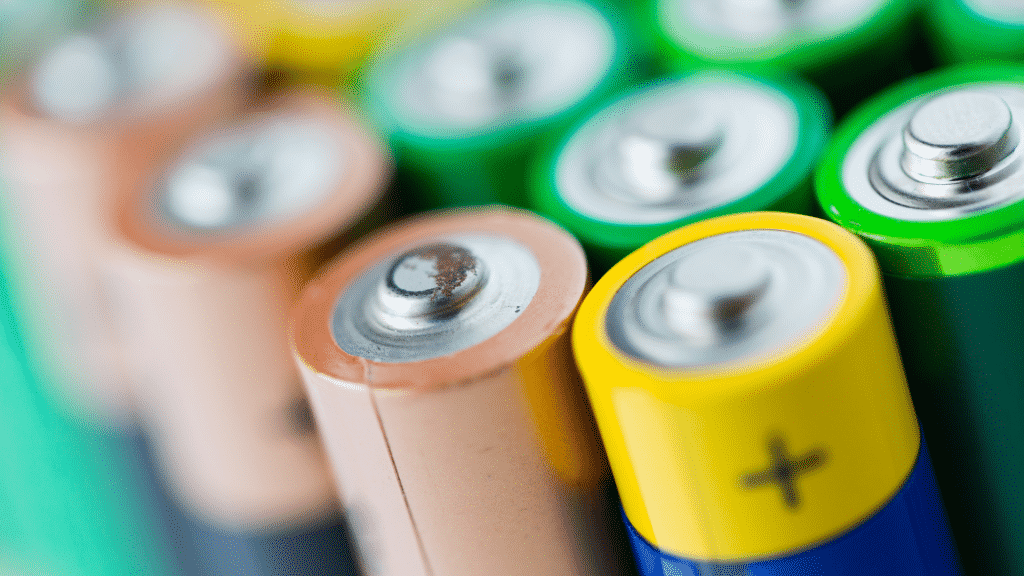
Not having to deal with batteries is by far the biggest advantage to using a rechargeable headlamp. I was so sick of running through AAA batteries every time I wanted to use my headlamp. They’re expensive and really heavy when you need to carry enough batteries to last through a long backpacking trip.
You can easily carry 1/2 lb of batteries over the course of a week long camping trip. With a rechargeable headlamp all you need to carry is a portable power bank. I carry a 26,800 mAh Anker power bank and it can last me well over a week charging my phone, headlamp, Bluetooth Headphones and any other electronics I need to charge.
3. You Can Use A Rechargeable Headlamp On Any Length Camping Trip

Rechargeable headlamps can be used on any length trip with a high mAh portable power bank. You can always spare disposable batteries if you’re worried about forgetting to charge the battery, but it only takes 2-3 hours to recharge a headlamp.
My 26,800 mAh portable power bank can last well over a week charging my iPhone, headlamp, Bluetooth headphones, and kindle.Using your headlamp for 2-3 hours on the medium setting should only drop your charge about 20-30%. So you should be able to get 20-30 charge cycles out of a high portable capacity power bank.
4. Rechargeable Headlamps Have Higher Lumen Ratings

Lumen ratings are similar at the lower end of the rechargeable headlamp price range, but non-rechargeable headlamps are limited by the battery size. I’ve never seen a battery operated headlamp that’s over 500 lumens. That’s strong enough for 99% of tasks, but AA/AAA batteries don’t have the voltage required to power a headlamp with a 70+ meter maximum beam distance.
High lumen rechargeable headlamps with specialized batteries start in the 600-750 lumen range, but they reach well into the 1000-3000+ lumen range. A 1000 lumen headlamp has a beam distance that’s longer than a football field, but they can extend 300+ meters when you get into high end specialized equipment.
5. Save Space And Weight In Your Pack Without Carrying Extra Batteries

I was carrying just under 10oz of AAA batteries to get through a week long camping trip. I’d swap out my batteries every day and go through at least 24 batteries ($10 worth of batteries). You do have to carry a portable power bank to recharge the headlamp, but most people carry one for their phone anyway. Plus you don’t have to mess around with a bag filled with batteries and pack out the garbage.
It doesn’t take long for a battery powered headlamp to start dimming so you almost have to change the batteries after 2-3 hours of use. There’s no step down brightness modes, so once the charge gets below the 50% there will be less then 100 lumens on the medium setting. Bumping up the brightness level to high will help for a bit, but it drains the rest of the battery fast.
6. Rechargeable Headlamps Have Consistent Brightness As The Charge Drops

Technically disposable batteries offer more voltage, but once you get below the 50% battery range the medium/low setting will be so dim that the headlamp will barely be useable. Increasing to the maximum brightness mode will be a little bit better, but it quickly drains the remaining battery. By the time you reach 25% battery even the highest brightness setting won’t be enough to hike at night.
Rechargeable headlamps use step down modes to maintain the brightness level. That allows you to maintain the maximum lumen ratings longer. Every models different, but you usually get the max lumen rating for the first 25% of the battery, it drops you down to 75% lumens until 50% charge, and drops you to 50% lumens for the remainder of the battery life. Even at half the lumen rating rechargeable headlamps offer more than enough light for 99% of tasks (except long distance spotlights).
7. Rechargeable Batteries Charge Fast (2-3 hour charge times)
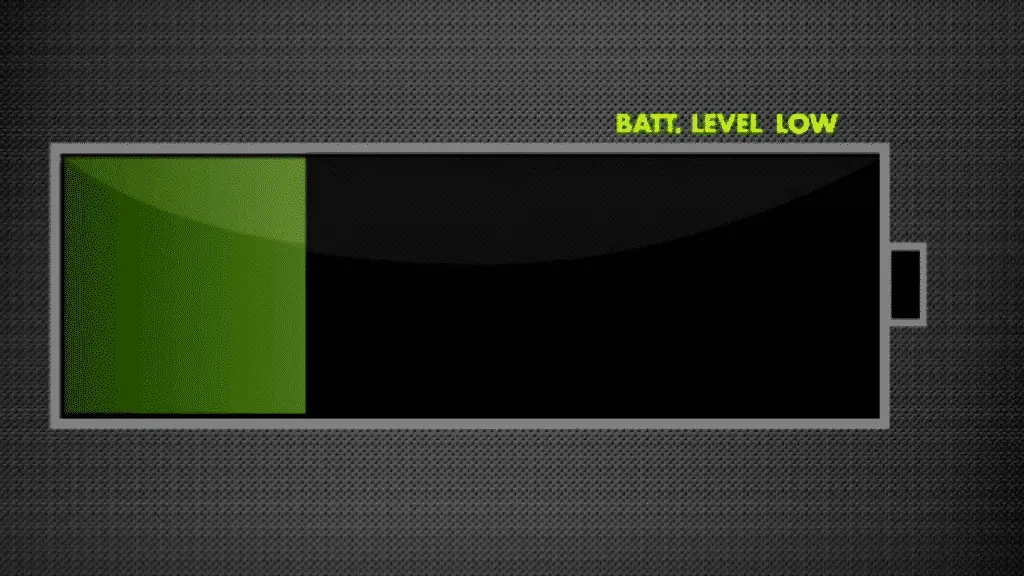
It takes 2-3 hours to fully charge a dead headlamp, but people rarely drain the entire battery on one outing. There’s a 3-4 hour battery life on the maximum brightness setting, but most people run their headlamp on the medium/low setting where you can get 8-15 hours. You won’t go through more than 30% of the battery (45 minute charge) with the way most people use a headlamp.
How often do you need to see 70+ meters using the maximum brightness setting? You may need to spotlight something at a distance for a minute or two, but then you drop down to a lower brightness setting. Medium/Low settings are 100-200 lumens which is plenty of light to hike through the woods and perform 99% of tasks.
The only time you’d run through an entire battery is if you stay up all night. At that point there’s plenty of light to give you a few hours to charge the battery. You can always swap in disposable batteries in emergencies, but you need to rethink your priorities if you can’t find an hour during the day to charge the battery.
8. Cheaper To Use A Rechargeable Headlamp Since They Don’t Have Batteries

Rechargeable headlamps cost $10-$20 more upfront, but you won’t have to spend money on batteries. I use my headlamp 2-3 times per month and easily made up the price difference within the first 2 years. I’ve always used the cheap bulk packs of Amazon Basics AAA Batteries, but it would be even faster if you used Energizer, Duracell, etc.
You will have to buy a portable power bank if you’re going on long camping or backpacking trips, but most people carry one for their cell phone anyway. I use a high capacity 26,800 mAh Anker Power Bank (it’s expensive), but I go on 7-14 day backpacking trips. Most people can get buy with a cheaper 10,000 mAh Power Bank on weekend trips, but only having 1 USB power isn’t as convenient.
9. Rechargeable Batteries Have A Longer Useable Battery Life
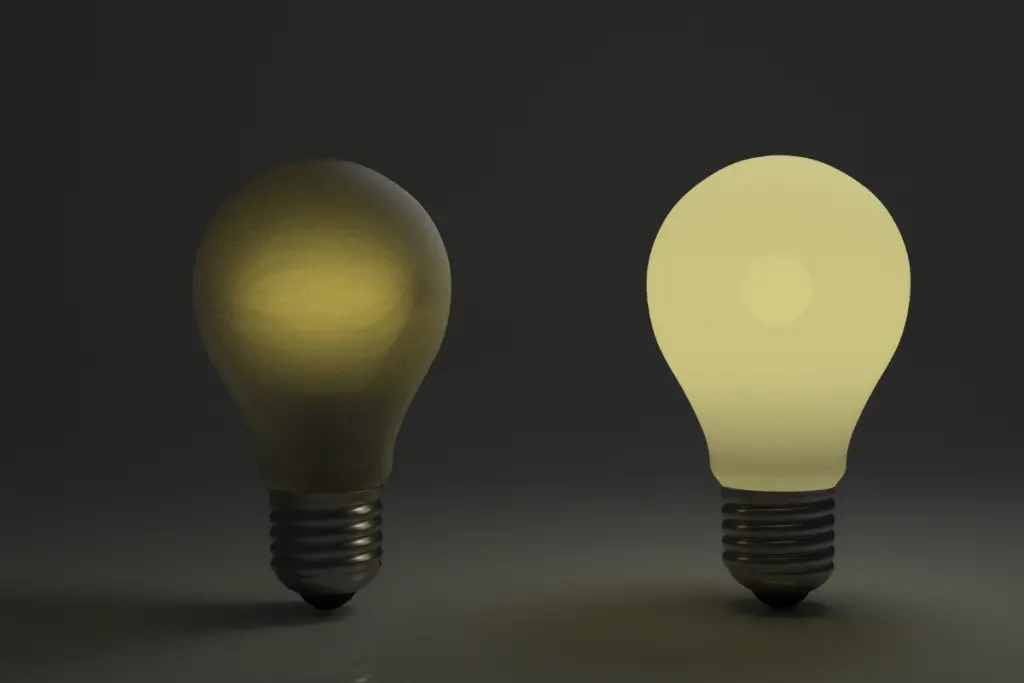
Battery powered headlamps have longer advertised, but you only get the full lumen rating for first 15-20 minutes. Non-Rechargeable headlamps gradually dim as the batteries drain, until it’s barely usable (under 25% charge). With a rechargeable headlamp you have usable battery levels throughout the entire charge.
Rechargeable headlamps use step down modes to give consistent brightness levels. So you get the maximum lumens for the first hour (on max setting), and it slowly drops down to 50% brightness as the battery dies. You get more time at higher lumen levels which shortens battery life by about 20%, but it has a longer usable battery life.
10. You Don’t Have To Worry About The Battery Dying (Plus Charge Indicator)
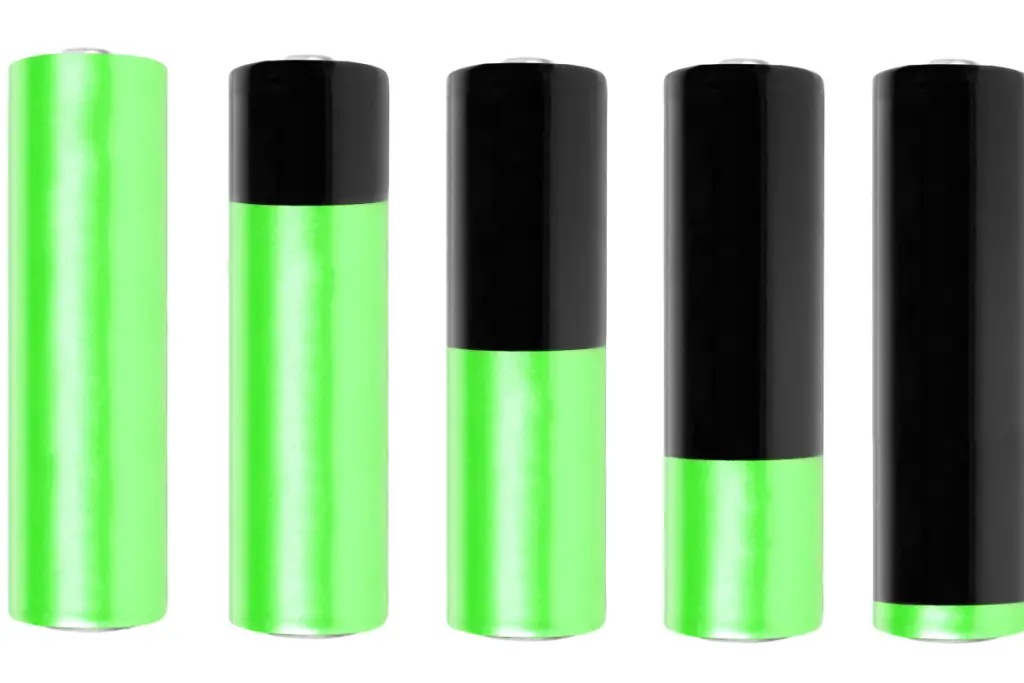
When I was using a non-rechargeable headlamp, I was constantly worried about my batteries dying. I knew that once the battery drained below the 50% mark it would be so dim that I’d have to increase the brightness killing the remaining battery.
There’s rarely a battery indicator so I had no idea how much time I had left. I would swap out batteries every time I used the headlamp, because I was worried about the battery dying on late night hikes/runs.
Rechargeable headlamps have battery indicators to let you know how much charge is left and there’s consistent brightness levels throughout the charge. It’s nice to know that you can get 3-4 hours of charge on the medium setting even if there’s 50% battery left.
11. Disposable Batteries Won’t Go Into A Landfill

I’m not an environmentalist, but it’s easy to see why you wouldn’t want to go constantly go through disposable batteries. All of those dead disposable batteries need to be carried out in your pack and tossed into a landfill.
You can use rechargeable AA/AAA batteries with a non-rechargeable headlamp, but you’d spend $15-$20 on batteries/charger. At that point, you’re at a similar price point to a rechargeable headlamp so it’s worth the upgrade.
12. Rechargeable Lithium Ion Batteries Are Reliable In Cold Weather

Go with a rechargeable headlamp if you plan on using it in the winter. Rechargeable lithium batteries are much better in cold weather. They can handle temperatures well below 0°F with minimal effect on the battery life.
Standard alkaline disposable batteries underperform in cold weather. Disposable batteries drain fast once the external temperature drops below 32°F. They even start to lose their charge in storage at cold temperatures and may crack/explode at extreme temperatures.
There Are A Few Downsides To Using A Rechargeable Headlamp With Easy Solutions
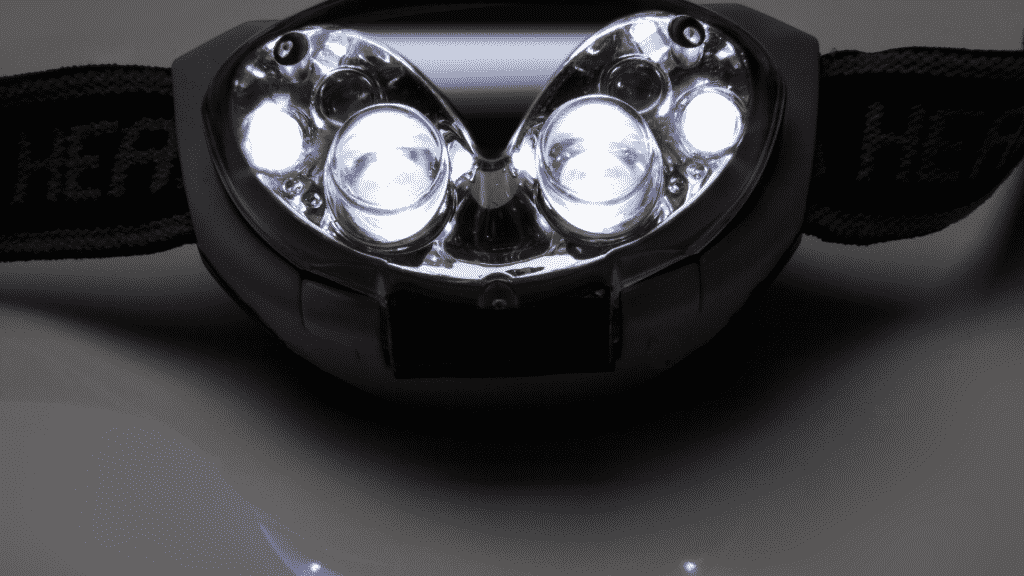
Rechargeable headlamps aren’t perfect so there are a few downsides, but it’s not what you think. Almost all of the disadvantages are easily solved or they’re not actually a problem based on how both headlamps perform. You’ll immediately see what I’m talking about when you go through each of these disadvantages.
- Rechargeable Headlamps Are More Expensive, But Not When You Add Battery Costs: Plan on spending $20-$30 more for a rechargeable headlamp, but you’ll end up saving money in the long run. That might seem like a lot at first, but you won’t be constantly running through disposable batteries. I ended up making my money back before the 2nd year. You can always use disposable batteries in a non-rechargeable headlamp, but those cost $15-$20 so it’s not much of a difference. The added convenience of a USB charge port and battery indicator is worth the $5-$10 difference in price.
- Rechargeable Batteries Can Slowly Lose Their Charge After 2-3 Months In Storage: Disposable batteries have a long shelf life. You can put them in a cabinet and come back 2-3 years later and they should still have a charge (some last 10+ years). Rechargeable headlamp batteries will slowly drain in storage. You can fully charge the headlamp and 3 months later it will be at 25% capacity. That’s not a huge deal since you can always toss the headlamp on the charger, but you need to plan around long term storage.
- Rechargeable Headlamps Have A Shorter Battery Life With More Useable Hours: Disposable batteries have a longer battery life, but a shorter useable battery life. You’ll get an extra hour or two of dim light, but the brightness dims much faster until it’s barely useable. Rechargeable batteries tend to have a shorter burn time, but they provide more consistent energy output. So you get more lumens over a longer time, but the extra brightness will put extra work on the batteries draining them faster.
- Rechargeable Batteries Aren’t Always Replaceable: Whether or not the batteries are replaceable depends on the headlamp. Rechargeable batteries usually last 4-5 years before the battery life starts to drop off. You can easily replace the rechargeable batteries on headlamps that use standard AA/AAA rechargeable batteries (or use disposables), but once you get into the 500+ lumen designs manufacturers use specialized batteries that you have to buy from the manufacturer. Going above the 500 lumen range isn’t useful in 99% of situations so high lumen headlamps are mostly for specialized jobs.
Consider Rechargeable AAA or AA Batteries If You Already Have A Headlamp
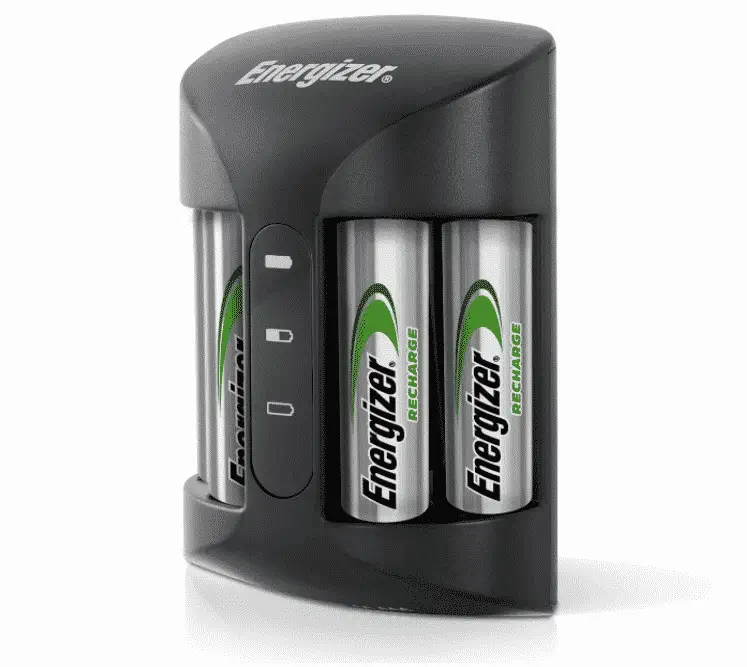
My recommendation starts to get tricky if you already have a non-rechargeable headlamp. You can save some money by picking up a set of cheap rechargeable batteries. The headlamp won’t have step down modes to maintain brightness, battery indicators, or a charging port, but it’s an easy way to get most of the benefits of a rechargeable headlamp without spending $50+.
Rechargeable batteries are cheap! You can find a set of rechargeable batteries and the base for like $15-$25 depending on how many batteries you want to charge at a time. You’ll have to carry a little bit of extra weight since you can’t charge the batteries through the headlamp, but there are portable chargers that work off power banks.
The Energizer AA or AAA battery charger is by far the best option. It’s cheap, can charge both AA/AAA batteries, and includes 4 AA batteries in the package. You’ll have to buy AAA rechargeable batteries separately if that’s what your headlamp uses, but those are cheap (Amazon Basics Rechargeable AAA batteries).
They even sell portable USB battery chargers so you can recharge the batteries (AA or AAA) on extended backpacking/camping trips. All you need is a small battery power pack which most people carry for their phone anyway.
